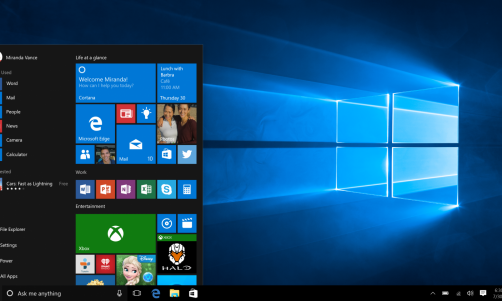The International Space Station's European robotic arm was getting worked on by two Russian cosmonauts earlier today. The robotic arm flexed, literally and figuratively, its capabilities for the world to see.
Over the course of more than seven hours, the cosmonauts roamed around freely in space and worked on the Nauka module and the European robotic arm. It was the 250th spacewalk recorded and involved two Russian cosmonauts who serviced and upgraded the outpost on the International Space Station, in which they oversaw the successful deployment of the new robotic arm.
For the two Russian cosmonauts, this is their second spacewalk, as the first one was carried out 10 days earlier, on April 18.
The European robotic arm was launched at the same time as Russia's Nauka multi-purpose science module in July of 2021, and after 9 months, this marks the first movement of the robotic arm.
ISS Cosmonauts Working on the Robotic Arm
Two Roscosmos cosmonauts spent several hours spacewalking outside the International Space Station, where they paid a visit to the country's Nauka laboratory and the European robotic arm.
As CNN reports, Oleg Artemyev and Denis Matveev, both of Russia's space agency Roscosmos, took part in the spacewalk that lasted seven hours and forty-five minutes outside the International Space Station, where they helped to furnish the station's newest laboratory module, called Nauka.
Artemyev could be distinguished by his red stripes on his Russian Orlan spacesuit, whilst Matveev was distinguished by his blue stripes on his spacesuit. For Matveev, this was his second spacewalk, and it was his fifth overall with veteran spacewalker Artemyev. Since April 18, both cosmonauts have been putting in their time on the new module.
Aside from the new module Nauka, cosmonauts can also be seen assembling and attaching a control panel for the International Space Station's robotic arm, which is 37 feet in length.
On Thursday, Matveev and Artemyev put the system through its paces for the first time. When the cosmonauts flexed the robotic arm's joints and loosened restraints, they were able to demonstrate its gripping ability. The robotic arm will be used to help spacewalkers and transfer any things that may need to be moved outside of the Russian part of the space station in the future.
These are the first of several planned spacewalks that will be devoted to prepping Nauka and the robotic arm for future employment onboard the space station.
What Is ERA and Nauka?
The Multipurpose Laboratory Module (MLM) of Russia's space agency Roscosmos is dubbed "Nauka," which translates as "science" in Russian, landed on the International Space Station on Thursday, July 29.
On the other hand, according to Space.com, the European Robotic Arm (ERA), which was provided by the European Space Agency (ESA), is the first of its kind capable of serving the exterior of the space station's Russian segment.
The ERA moves in the manner of an inchworm, positioning itself hand-over-hand between two fixed spots. The robotic arm, which is 37 feet (11.3 meters) in length, can be controlled from both inside and outside the space station.
The Spacewalk Around the International Space Station
Artemyev and Matveev used Russian-built Orlan spacesuits during their spacewalk today, with Artemyev wearing a suit with red stripes and Matveev wearing a suit with blue stripes. The Russian spacewalks 52 and 53 were carried out by Expedition 67 Flight Engineers Oleg Artemyev and Denis Matveev of Roscosmos, respectively.
As NASA reports, "The cosmonauts each began the seven-hour excursion by exiting the space-facing Poisk module of the station's Russian segment."
Thermal blankets, which were utilized to shield the arm during the Nauka launch in July 2021, are no longer in use by the duo.
The two Russian cosmonauts were successful in flexing the arm's joints, releasing launch restraints, and monitoring the arm's capacity to use two grapple fixtures while in flight.
As previously declared by NASA, this spacewalk is the fifth spacewalk onboard the International Space Station this year, as well as the 250th spacewalk devoted to station installation, maintenance, or improvements of the station in space.
Related Article: China Embarks on an Asteroid-Deflecting Mission - What About NASA?














